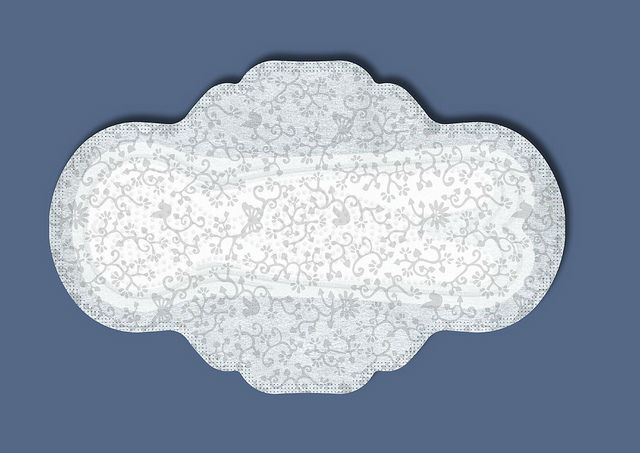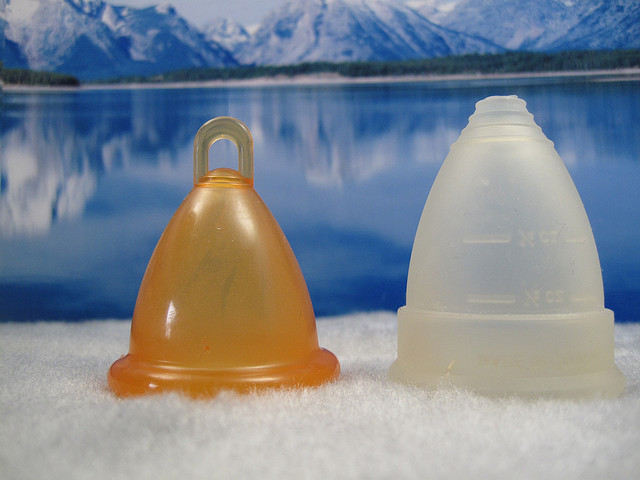What do we want? Sanitary napkins! Tampons! Diva Cups! When do we want it? Every 28 days-ish.
According to the lore of aunt flow, the first mention of feminine hygiene products can be traced back to the 10th century BCE. By the 4th century CE, Neoplatonist philosopher, Hypatia, had dissuaded an admirer by having thrown one of her used menstrual rags in his direction. Whatever works, ladies.
The Sanitary Napkin:
Prior to the invention of disposable sanitary pads, women had to devise a variety of ways to absorb their menstrual cycles. This often took the form of scrap cloths, animal skins, wool, moss, and knitted pads. In 1896, Johnson & Johnson produced the first commercially available disposable sanitary napkin known as Lister’s Towels. By the 20th century, the preferred menstrual pad favoured by consumers contained an adhesive strip placed on the bottom to securely fasten to one’s undergarment. Popular brands, such as Kotex, Stayfree, and Always, offer a variety of disposable menstrual pads based on absorbency rates, lengths and shapes.
The Tampon:
The tampon was first introduced in the ancient world. It is believed that Egyptian women used softened papyrus ebers, Roman women made their tampons out of soft wool, while Japanese women relied on paper. Beginning in the 18th century, antiseptic cotton tampons were initially used as a medical device to stop bleeding from bullet wounds. The first modern tampon (consisting of a tube within a tube applicator) was patented by Dr. Earle Haas. We have Gertrude Tendrich to thank for purchasing Hass’ patent and founding Tampax (and its many exciting commercials found here, here, and here) in 1933.
The Menstrual Cup:
In the words of the esteemed Beyonce, “Na-na-na, diva is a female version of a hustla, of a hustla, of a, of a hustla,” it’s also the name of the top-selling menstrual cup. First patented in 1932, the bell-shaped menstrual cup is designed to be worn inside the vagina in order to collect menstrual fluid. Most menstrual cup brands offer a variety of colours and firmness levels in rubber latex or silicone.
For previous entries, please click here.



